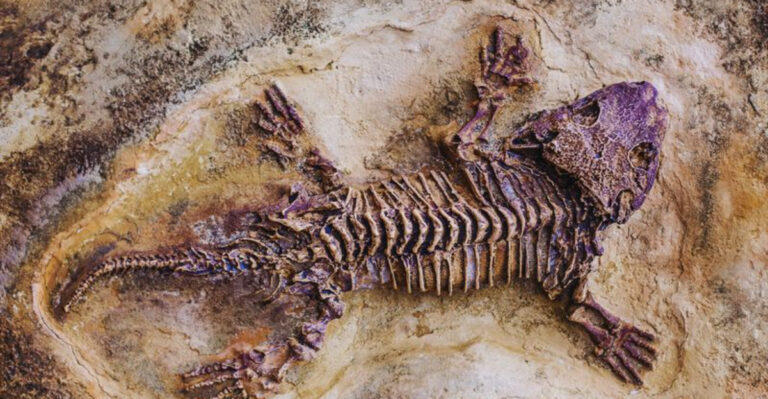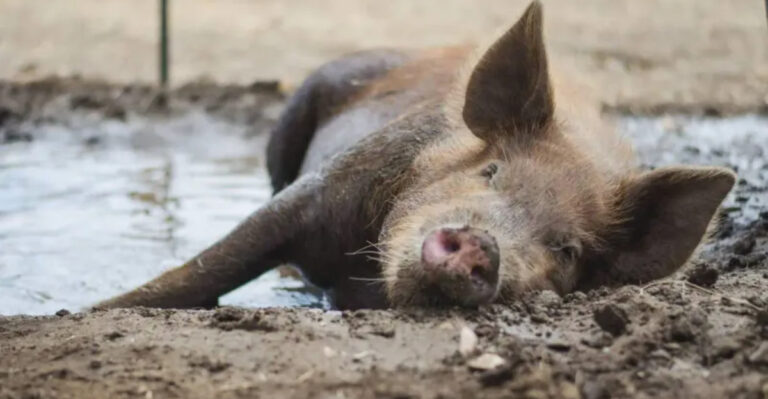Rare Ancient Fish Returns After Vanishing Near Major U.S. Dam
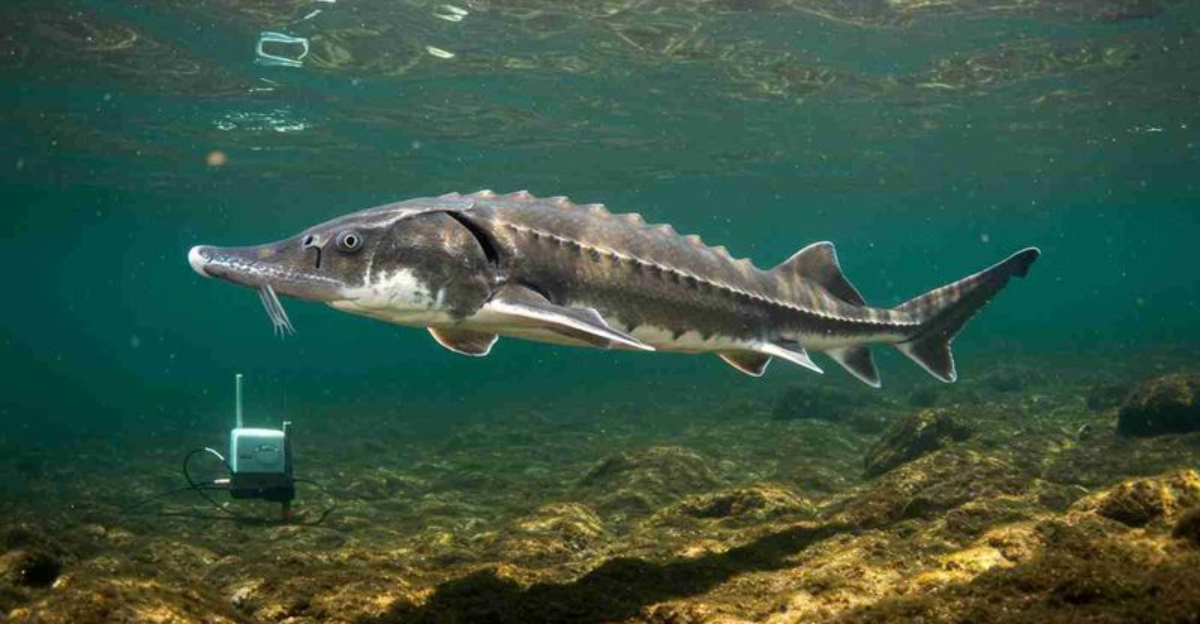
A remarkable comeback story is unfolding in American waterways. The Atlantic sturgeon, a prehistoric fish that predates dinosaurs, has begun reappearing near major dams after decades of absence.
This unexpected return signals hope for a species once pushed to the brink of extinction and showcases the power of targeted conservation efforts.
1. The Atlantic Sturgeon Returns
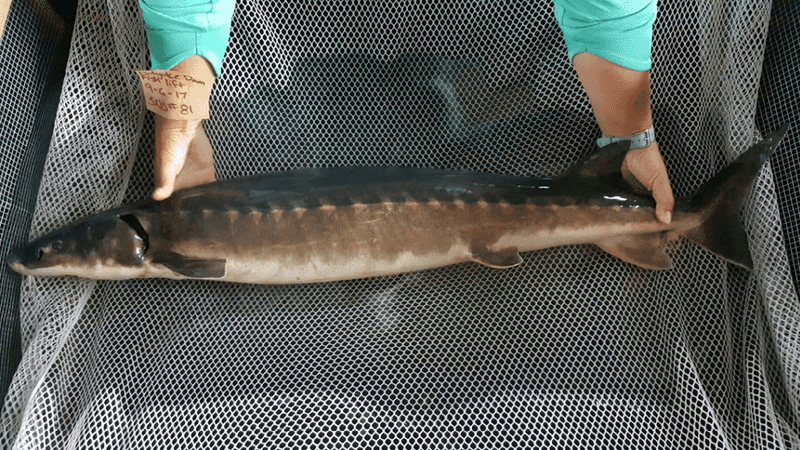
Scientists recently spotted several Atlantic sturgeon near the Conowingo Dam on the Susquehanna River for the first time in over 40 years. The discovery thrilled biologists who had almost given up hope.
These armored giants, which can grow to 14 feet long and weigh 800 pounds, were once abundant in Eastern rivers before pollution and overfishing decimated their numbers.
2. A Migratory Marvel
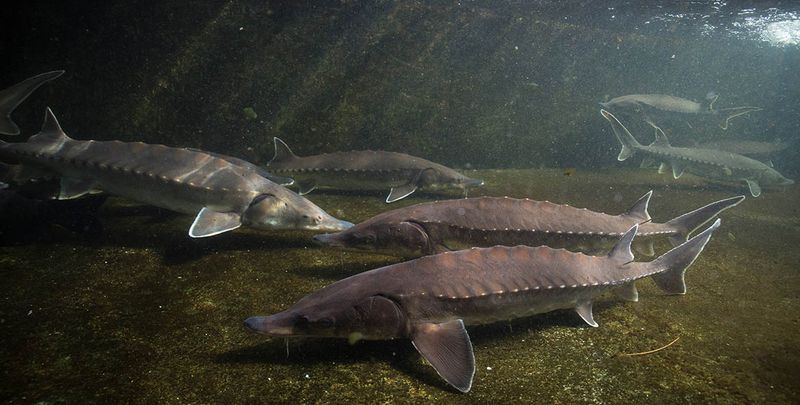
Atlantic sturgeon embark on epic journeys that would impress even seasoned travelers. Born in freshwater, they spend most of their adult lives in the ocean before returning to their birthplace rivers to spawn.
Some individuals tagged by researchers have been tracked traveling over 1,500 miles along the Atlantic coast. Their homing instinct remains one of nature’s great mysteries.
3. Dams Nearly Wiped Them Out
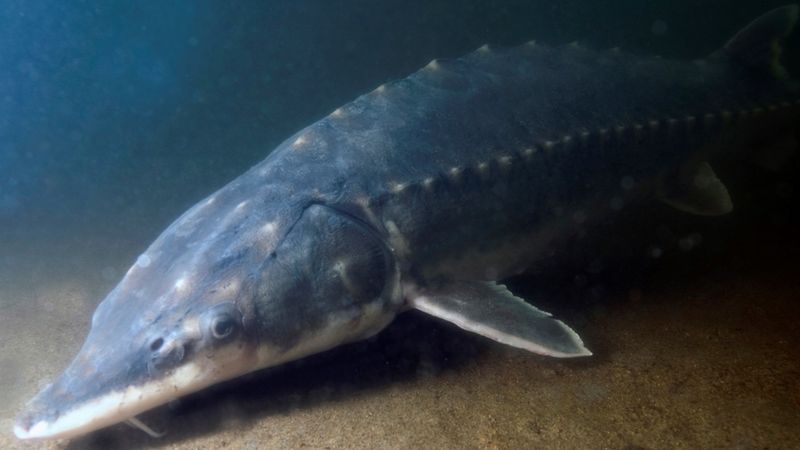
The construction boom of the early 20th century erected concrete barriers across nearly every major river system in America. For sturgeon, these dams became impassable walls blocking access to ancient spawning grounds.
Before dams, sturgeon could swim hundreds of miles upriver. Afterward, populations crashed by an estimated 99% as reproduction became impossible in many waterways.
4. They’ve Been Around Since The Dinosaurs
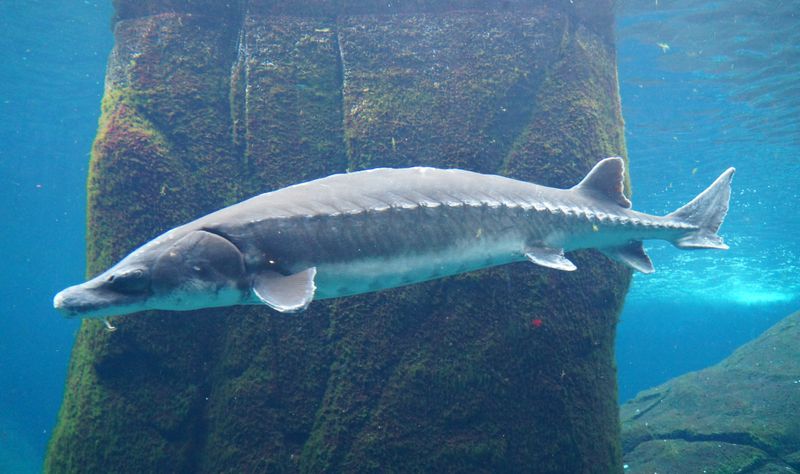
When you look at an Atlantic sturgeon, you’re seeing a living fossil virtually unchanged for over 100 million years. These remarkable fish swam in ancient rivers while T. rex roamed nearby forests!
Their primitive appearance reflects this ancient lineage. Bony plates called scutes protect their bodies instead of scales, and their skeleton is primarily cartilage rather than bone.
5. Restoration Projects Are Reopening Rivers
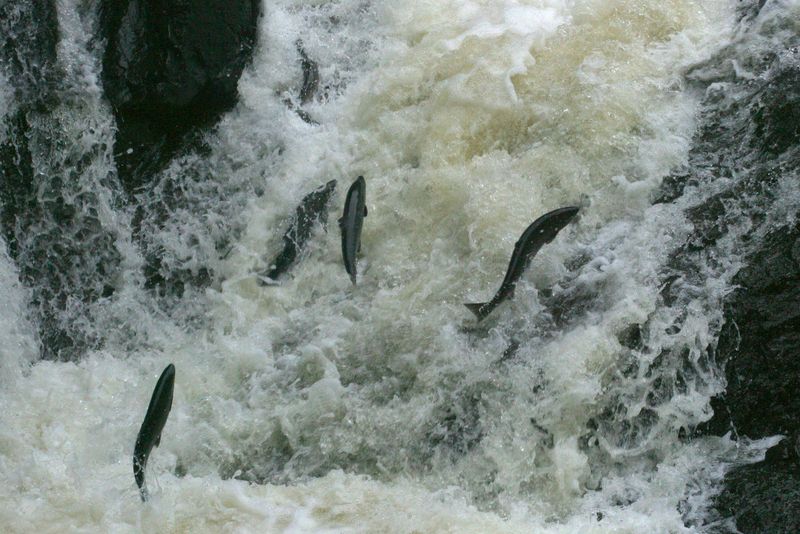
Fish passages and dam removals have created highways for migrating sturgeon. The removal of Edwards Dam on Maine’s Kennebec River in 1999 became a watershed moment for river restoration nationwide.
Engineers now design special fish elevators and bypass channels around dams. These innovations act like aquatic detours, allowing sturgeon to navigate past obstacles that once blocked their journeys completely.
6. Aided By Federal Support
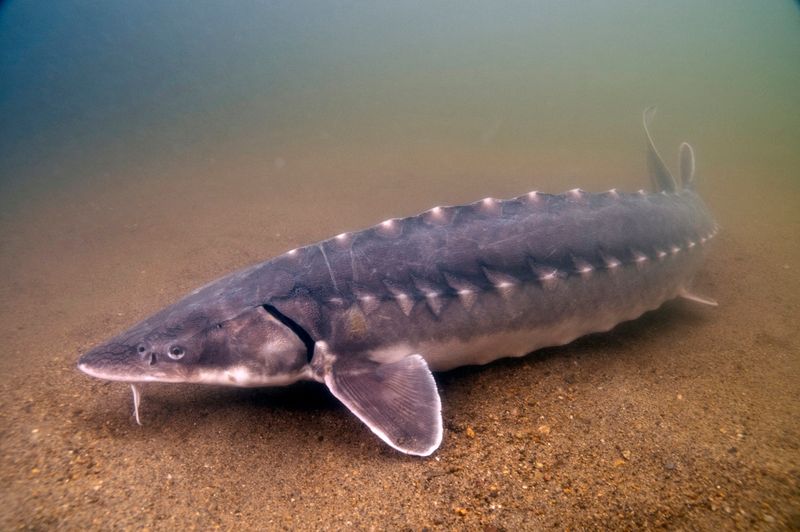
The 2021 Infrastructure Investment and Jobs Act allocated $200 million specifically for removing barriers in rivers and streams. This unprecedented funding fuels restoration efforts across the country.
Federal agencies provide crucial scientific expertise too. NOAA Fisheries scientists track sturgeon populations using advanced monitoring techniques, while the U.S. Fish and Wildlife Service manages critical habitat protection programs.
7. Vital For Nutrient Cycling
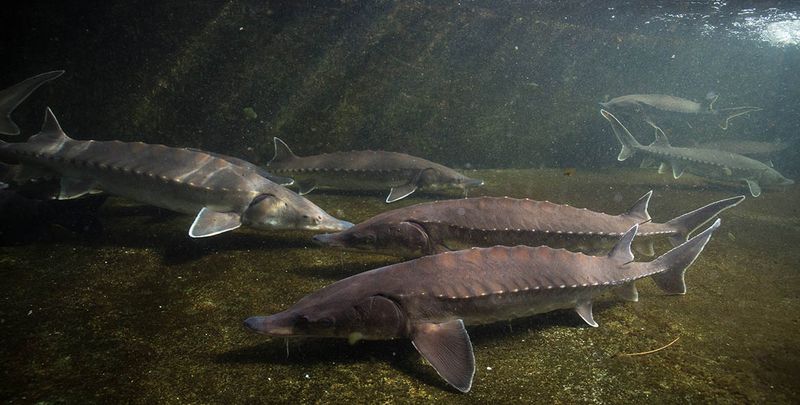
Sturgeon serve as underwater gardeners for river ecosystems. Their vacuum-like mouths suck up sediment as they search for food, stirring nutrients that would otherwise remain trapped in river bottoms.
This feeding behavior creates a ripple effect. Disturbed sediments release phosphorus and nitrogen compounds that fuel the growth of plankton, which feeds smaller fish, which feed larger predators.
8. They Can Live for Over 60 Years
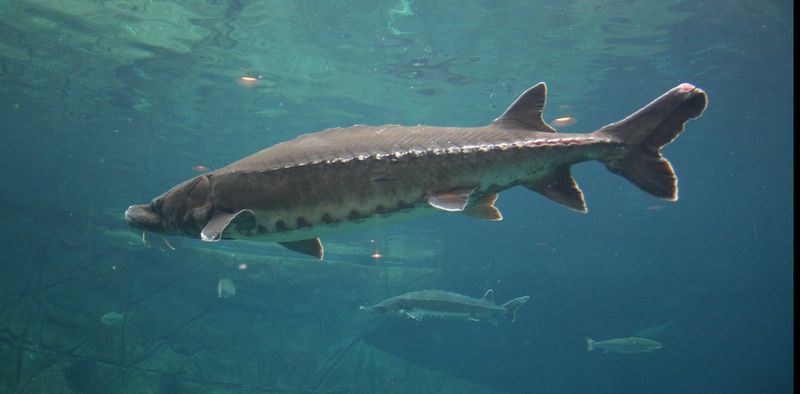
Atlantic sturgeon are marathon runners, not sprinters, in life’s race. Females don’t reach sexual maturity until age 15, while males mature around age 10, making population recovery painfully slow.
Their remarkable longevity presented a challenge for early conservation efforts. Biologists realized that even with perfect protection, populations would take decades to rebound due to their slow reproductive timeline.
9. A Boost For Other Species
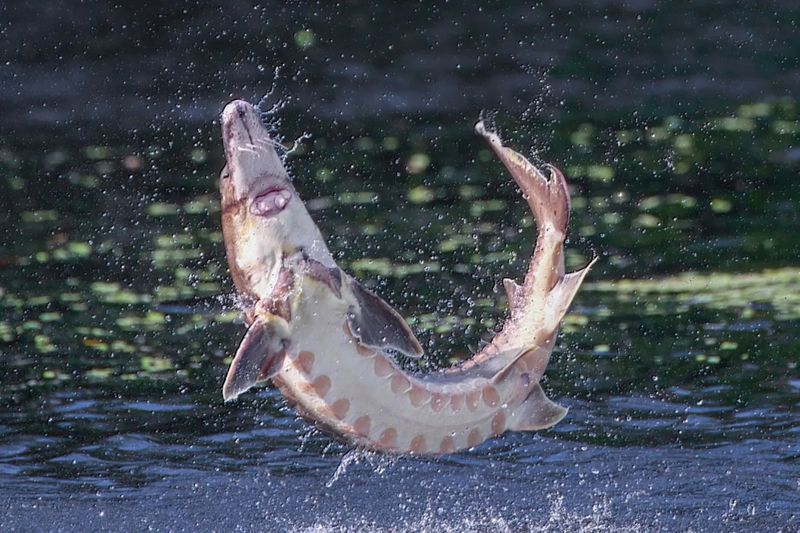
Sturgeon conservation creates a ripple effect throughout river ecosystems. Fish ladders built for sturgeon also help American shad and river herring reach their spawning grounds.
Water quality improvements benefit everything from microscopic diatoms to bald eagles. Many riverfront communities have witnessed the return of diverse wildlife following sturgeon restoration projects, creating new opportunities for ecotourism and recreational fishing.
10. Commercial Importance In History
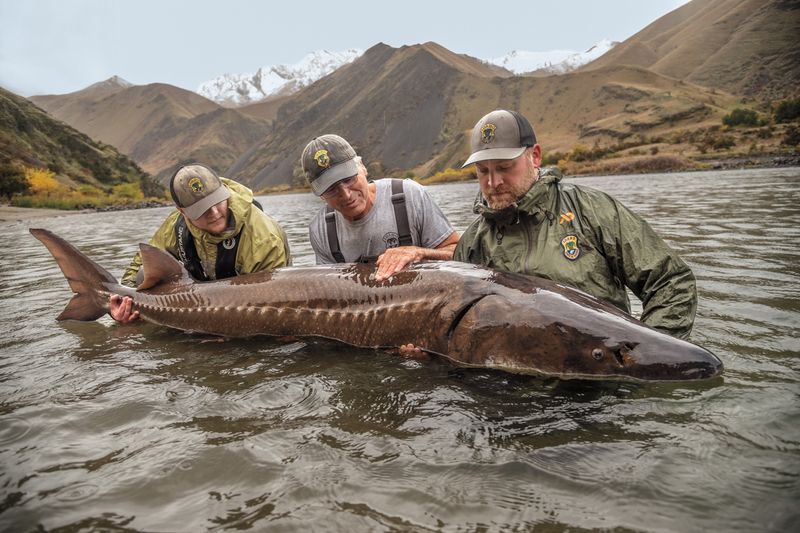
Native Americans harvested sturgeon sustainably for thousands of years before European colonization. Early American settlers called sturgeon “Albany beef” because it was so plentiful and nutritious.
By the 1800s, caviar became a luxury commodity. A sturgeon caviar boom led to ruthless overharvesting. Fishermen could earn a year’s wages from a single large female’s roe, creating an unsustainable gold rush.
11. High-Tech Tracking Reveals Movement
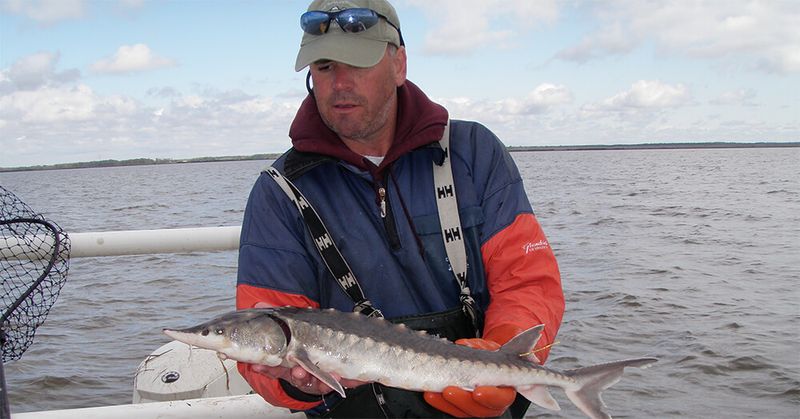
Modern sturgeon wear the aquatic equivalent of GPS trackers. Surgically implanted acoustic transmitters ping nearby underwater receivers, creating a digital breadcrumb trail of each fish’s movements.
This technology revealed surprising behaviors. Some sturgeon travel between multiple river systems rather than returning to just one. Others spend years exploring coastal waters before returning to spawn, covering thousands of miles in their lifetimes.
12. A Barometer For River Health
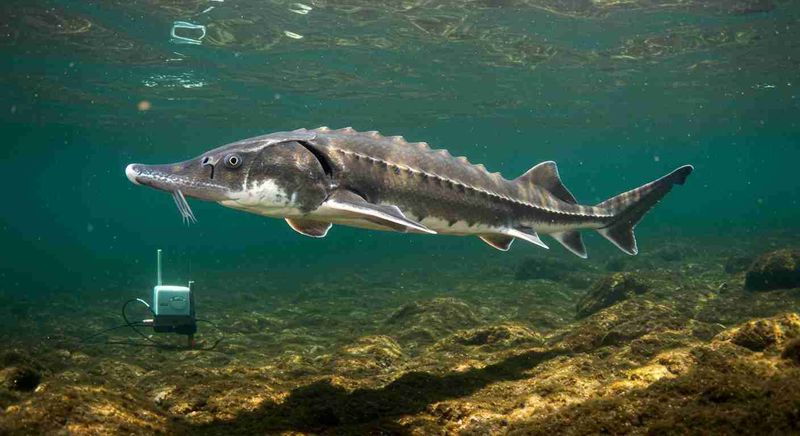
Biologists consider sturgeon the ultimate indicator species for river ecosystems. Their presence signals clean water, functioning food webs, and connected habitats essential for all aquatic life.
The fish require specific conditions to thrive: oxygen-rich water, clean gravel beds for spawning, and unobstructed migration routes. When sturgeon return to a river system, it means the entire ecosystem has reached a tipping point toward recovery.
13. A Comeback That Inspires Hope

The sturgeon’s return represents a rare conservation success story in an era of biodiversity loss. Their recovery proves that damaged ecosystems can heal when given proper protection and restoration.
Community involvement has been crucial. Volunteer monitoring programs, local advocacy groups, and educational outreach have built public support for sturgeon conservation, turning these prehistoric fish into beloved symbols of river revival.




